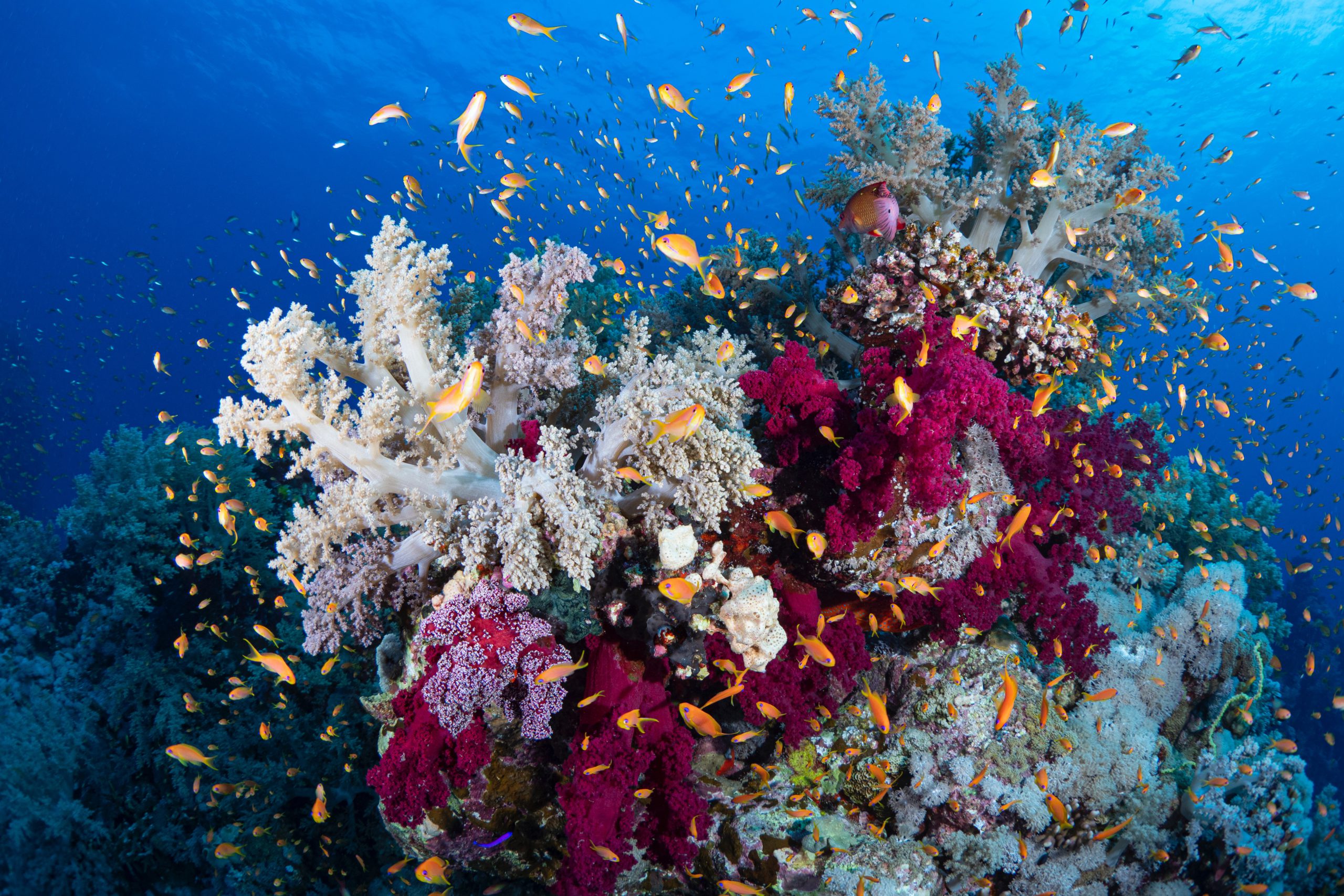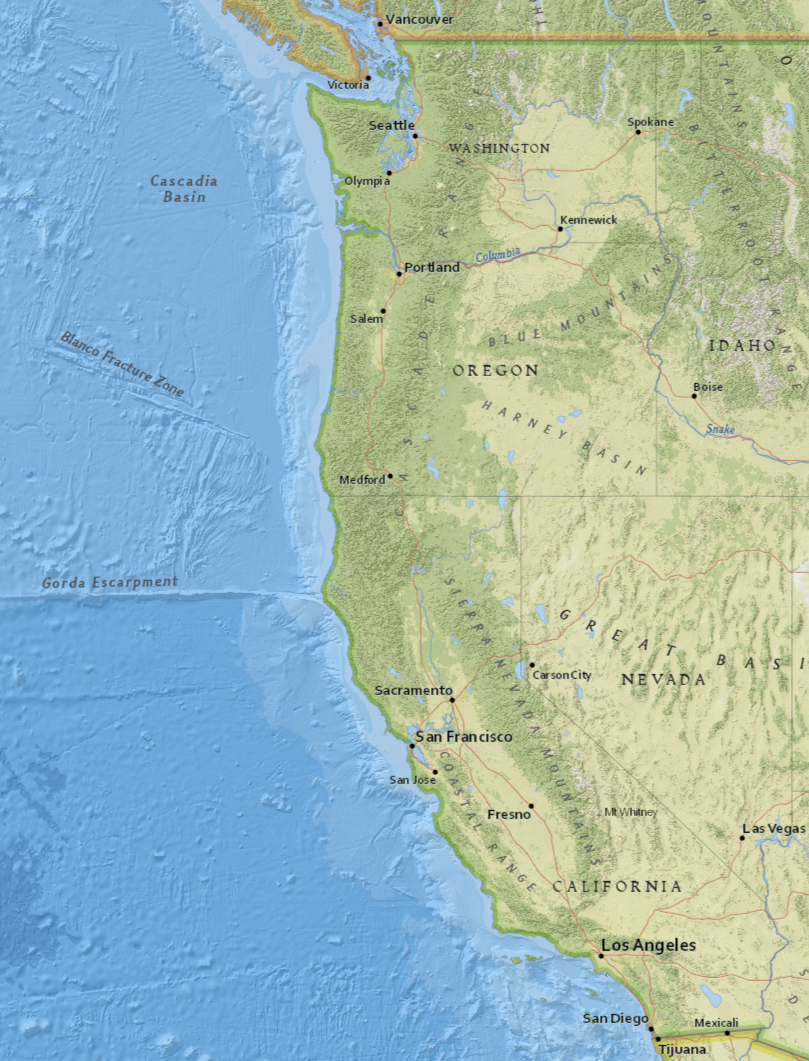Have you ever wondered what lies beneath the stunning turquoise waters of Mexico’s Pacific Coast? Well, get ready to dive into a world of ecological beauty as we unveil the secrets of Mexico’s Pacific Coast coral reefs. In this article, you’ll learn all about the thriving coral reefs that line the shores of this diverse and captivating country.
Mexico is known for its vibrant tourism industry, where travelers flock to experience the rich culture, delicious cuisine, and breathtaking landscapes. While many may be drawn to the ancient ruins and bustling cities, Mexico’s Pacific Coast is home to a hidden gem that must not be overlooked – its incredible coral reefs. These underwater ecosystems are brimming with life, colorful coral formations, and a wide variety of marine species. Whether you’re an avid diver or simply appreciate the beauty of nature, exploring Mexico’s Pacific Coast coral reefs is an experience like no other.
From the moment you dip below the surface, you’ll be greeted by a kaleidoscope of colors and an abundance of marine life. The coral reefs act as nurseries for countless species, providing shelter and food for creatures big and small. Discover the vibrant hues of the coral itself, ranging from delicate pinks and purples to bold oranges and yellows. Swim alongside graceful sea turtles, mesmerizing schools of fish, and perhaps even catch a glimpse of a majestic manta ray gliding through the water. Whether you choose to snorkel or dive deeper into the depths, the coral reefs of Mexico’s Pacific Coast offer a profound connection with nature that will leave you in awe. So, get ready to dive in and explore the ecological beauty that awaits beneath the surface in Mexico’s Pacific Coast coral reefs.

Unveiling the Ecological Beauty of Mexico’s Pacific Coast Coral Reefs
When it comes to exploring the beauty of the underwater world, there are few destinations that can compete with the stunning coral reefs found along Mexico’s Pacific Coast. These vibrant ecosystems are not only visually breathtaking, they also play a crucial role in supporting a wide array of marine life. In this article, we will dive deep into the importance of coral reefs, the rich biodiversity of Mexico’s underwater paradise, and the threats these fragile ecosystems face. Let’s embark on a journey to unveil the ecological beauty of Mexico’s Pacific Coast Coral Reefs.
The Importance of Coral Reefs
Coral reefs are often referred to as the rainforests of the sea. They are among the most biodiverse ecosystems on the planet, providing a habitat for countless species of fish, crustaceans, mollusks, and other marine organisms. Moreover, coral reefs act as natural barriers, protecting coastal areas from the destructive force of waves and storms. They also play a vital role in maintaining the health of our oceans by filtering water and absorbing excess carbon dioxide. It is estimated that coral reefs provide goods and services worth billions of dollars each year, making them not only ecologically significant but also economically valuable.
The Pacific Coast: A Haven for Coral Reefs
Along Mexico’s Pacific Coast, a stunning array of coral reefs thrive, attracting divers, snorkelers, and nature enthusiasts from all over the world. The warm waters, moderate currents, and diverse marine habitats make this region an ideal location for the growth and development of corals. From Baja California to Chiapas, the Pacific Coast of Mexico boasts a collection of coral reefs that are teeming with life and color.
The Rich Biodiversity of Mexico’s Coral Reefs
Mexico’s coral reefs are home to an astonishing variety of marine life. The vibrant corals themselves are a sight to behold, painting the underwater landscape with hues of pink, purple, orange, and blue. But it is the creatures that call these reefs home that truly make them special. From schools of colorful tropical fish to majestic sea turtles, from playful dolphins to graceful manta rays, there is no shortage of wonders to encounter beneath the surface of the Pacific. Exploring these reefs is like stepping into another world, where every turn reveals a new marvel of nature.
Corals: The Architects of the Reef
Corals are often mistaken for rocks, but they are actually living organisms. They are made up of thousands of tiny polyps that secrete a hard exoskeleton of calcium carbonate, forming the structure of the reef. The intricate shapes and formations created by corals provide a complex network of hideouts, feeding grounds, and breeding sites for countless marine species. Without corals, the reef ecosystem would collapse, resulting in a devastating loss of biodiversity.
The Stunning Marine Life in Mexico’s Coral Reefs
The marine life found in Mexico’s coral reefs is nothing short of breathtaking. Snorkeling or diving in these waters offers a chance to swim alongside a mesmerizing array of species. Brightly colored tropical fish, such as angelfish, parrotfish, and butterflyfish, dart among the corals, bringing the reef to life with their vibrant hues. Sea turtles gracefully glide through the water, their elegant movements captivating all who witness them. Sharks and rays silently patrol the depths, adding a sense of awe and mystery to the underwater world. Exploring these reefs is like being immersed in a vibrant and diverse symphony of life.
Threats to Mexico’s Pacific Coast Coral Reefs
While Mexico’s coral reefs are undoubtedly beautiful and ecologically rich, they are facing numerous threats that endanger their existence. These threats come from both natural factors and human activities, and their cumulative impact has led to a decline in the health of these fragile ecosystems.
Climate Change and Coral Bleaching
One of the most significant threats to coral reefs worldwide is climate change. Rising sea temperatures and increased ocean acidification are causing coral bleaching, a phenomenon in which corals expel the algae living within their tissues. This loss of symbiotic algae leaves corals vulnerable to disease and starvation, ultimately leading to their death.
Overfishing and Destructive Fishing Practices
Overfishing, especially of herbivorous fish that play a crucial role in maintaining the health of coral reefs, disrupts the delicate balance of these ecosystems. Destructive fishing practices, such as dynamite fishing and the use of cyanide and nets, cause physical damage to corals and deplete fish populations, further exacerbating the degradation of the reef.
Pollution and Runoff: A Danger to Coral Reefs
The pollution of coastal waters, including plastic waste, chemicals, and agricultural runoff, poses a serious threat to Mexico’s coral reefs. These pollutants can suffocate corals, disrupt their reproduction, and contribute to the formation of harmful algal blooms, which further degrade the health of the reef.
Conservation Efforts and Protective Measures
Recognizing the importance of preserving these valuable ecosystems, various organizations and governments in Mexico have taken initiatives to protect and conserve the coral reefs along the Pacific Coast.
Marine Protected Areas: Safeguarding Mexico’s Coral Reefs
Several marine protected areas (MPAs) have been established along Mexico’s coastline to safeguard its coral reefs. These protected areas are designated to limit harmful human activities, allowing the reefs to recover and thrive. They serve as sanctuaries for the diverse marine life that depends on healthy coral ecosystems.
Sustainable Tourism: Balancing Conservation and Economic Growth
Promoting sustainable tourism practices is essential for preserving the ecological beauty of Mexico’s coral reefs. By educating visitors about the importance of responsible behavior, such as not touching or damaging the corals, respecting marine life, and using reef-safe sunscreen, we can ensure that tourism contributes to the conservation rather than the degradation of these fragile ecosystems.
Educating and Raising Awareness: The Key to Preserving Coral Reefs
Education and raising awareness about the importance of coral reefs is crucial for their long-term survival. Through educational programs, outreach initiatives, and public campaigns, people can be empowered to become stewards of these ecosystems and make sustainable choices that benefit both the environment and future generations.
Conclusion
Mexico’s Pacific Coast coral reefs are a true ecological treasure. Their importance, beauty, and fragility remind us of the urgent need to protect and preserve these magnificent underwater ecosystems. Through collective action, conservation efforts, and responsible tourism, we can ensure that future generations will have the opportunity to witness the thriving marine life and experience the awe-inspiring beauty of Mexico’s coral reefs. Let us join hands to unveil and safeguard the ecological wonders that lie beneath the waves.
